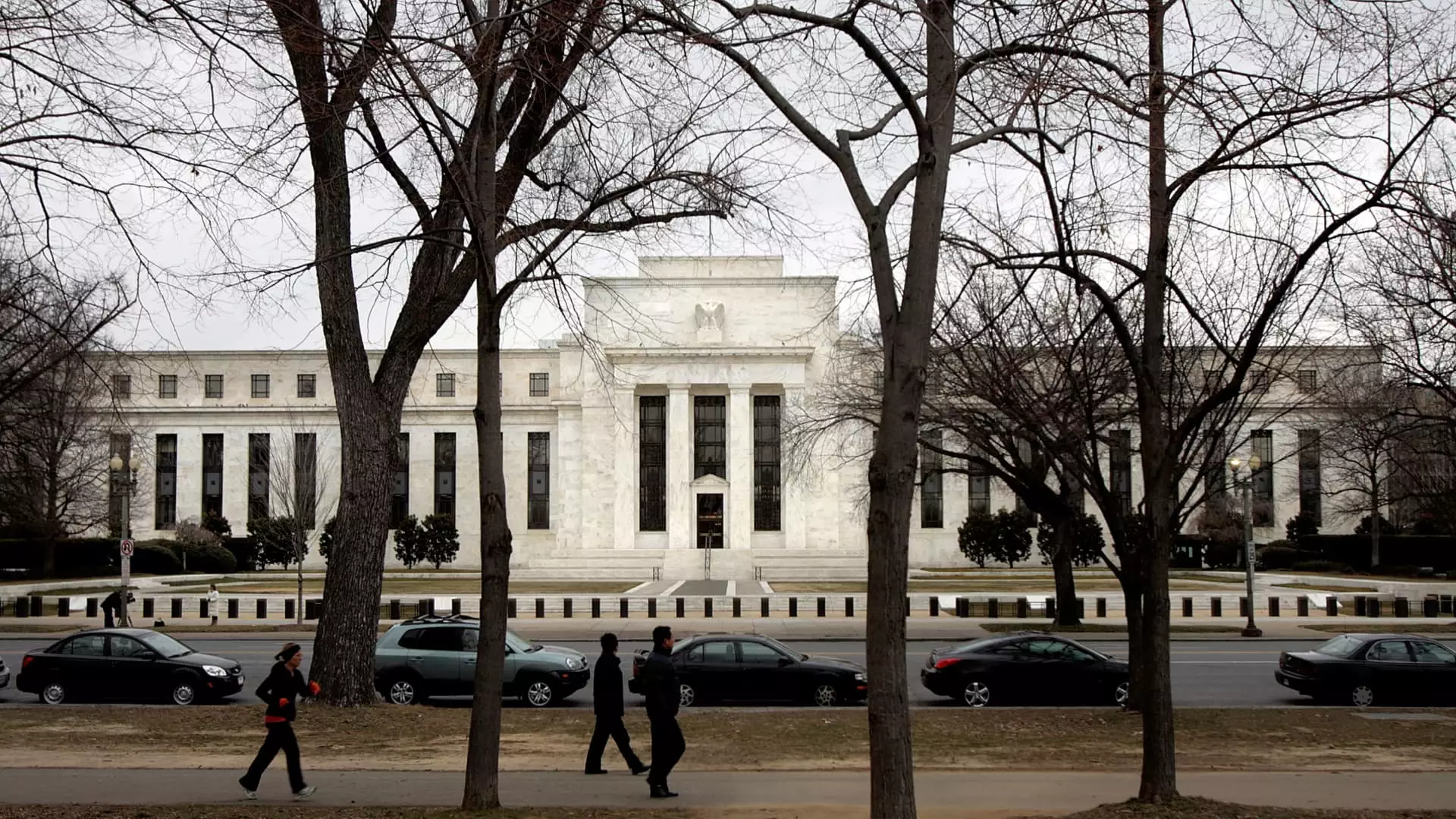As the economic landscape continues to evolve, the Federal Reserve recently announced its decision to hold interest rates steady, keeping them unchanged amid persistent inflationary pressures. This development has significant implications for consumers, businesses, and the broader economy as it navigates the challenges presented by inflation, high borrowing costs, and the political dynamics surrounding monetary policy.
The Federal Reserve’s choice to maintain the benchmark interest rate signals a cautious approach in response to fluctuating economic indicators. Following a series of aggressive rate hikes last year, aimed at curbing inflation, the central bank has remained vigilant. Inflation has persistently outstripped the Fed’s target of 2%, leading many analysts to question the effectiveness of past monetary policies. Recent comments from political figures, particularly President Donald Trump, indicate a growing tension between government officials and the Fed, intensifying debates about the independence of the central bank.
Michele Raneri, a prominent economic analyst, noted that while inflation concerns have eased, they continue to linger. This precarious situation suggests that the Fed’s actions, including any potential rate cuts, may be less aggressive than previously anticipated, creating a complex environment for decision-making among financial institutions and consumers alike.
Households across the nation face heightened pressure due to the dual challenge of soaring prices and elevated borrowing costs. Many consumers are grappling with the reality that the anticipated relief through interest rate reductions might not materialize as quickly or significantly as they had hoped. Greg McBride, a leading financial analyst, emphasized that recent Fed actions may fail to provide the much-needed respite from burdensome interest rates that have nearly reached historical highs.
For many consumers, this persistence of high borrowing costs will exacerbate financial stress, with basic necessities becoming increasingly unaffordable. New данные from the CNBC Fed Survey has indicated that expectations for future rate cuts remain modest, forecasting only a minimal reduction that would not suffice to alleviate the strain on consumer finances.
Sector-Specific Impacts: What to Expect in 2025
The implications of the Fed’s decisions reverberate across various financial sectors, from credit cards to mortgages and auto loans. For credit cardholders, the ongoing high-interest environment is particularly damaging. Research showed that average credit card rates rose sharply, influenced directly by Fed policy shifts. As interest rates remain at a relative high, consumers are encouraged to consider strategies such as balance transfers to lower-interest options as a method of mitigating high repayment costs.
When it comes to the housing market, prospective home buyers are navigating a challenging landscape. The average fixed-rate mortgage has crossed the 7% threshold, significantly impacting affordability for new buyers. While fixed rates provide some stability for existing homeowners, the financial dynamics embedded in inflation and elevated borrowing costs have diminished purchasing power for many intending buyers. Analysts predict that average mortgage rates may settle in the 6% range in the near future, but this continues to pose significant barriers for those seeking to enter the property market.
The automotive sector also suffers as rising interest rates lead to increasing monthly payments on auto loans. The average interest rate for car loans has climbed, outpacing wage growth and making vehicle affordability increasingly elusive for consumers. Retail auto prices have similarly escalated, contributing to a concerning trend of record-high loan amounts that impose further financial strain.
Student loans present a distinct challenge as federal rates remain fixed, insulating borrowers temporarily from Fed changes. Still, new students are likely to contend with steeper loan rates compared to previous years. For private loan borrowers, fluctuating rates tied to the prime or Treasury rates can result in varying interest obligations, making long-term planning increasingly arduous.
Conversely, savers might find solace in the current economic climate as yields on savings accounts have reached levels not seen in over a decade. Schulz points out that while rising borrowing costs pose challenges, the silver lining for savers is that they can now find high-yield savings accounts offering attractive returns, making this a favorable time for those looking to grow their funds despite the unfavorable interest landscape on loans.
As the Federal Reserve carefully navigates the complexities of monetary policy, consumers and businesses alike await clarity on the path ahead. The challenges of inflation and high interest remain formidable, but the hope for gradual improvement lingers. While the Fed plays a critical role in steering the economy, individuals must adapt to the realities of high borrowing costs and seek out strategies tailored to their financial situations. As we approach 2025, enhanced awareness and strategic planning will be essential for effectively managing financial obligations in a fluctuating economic environment.

